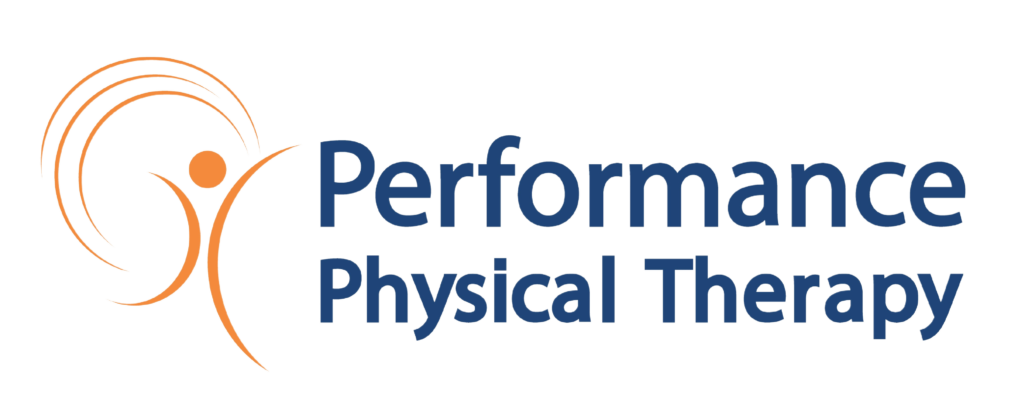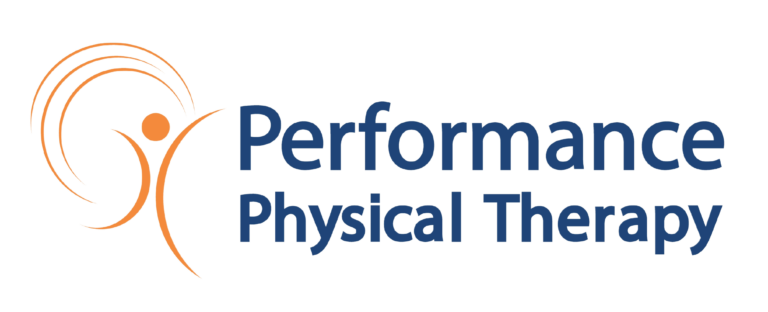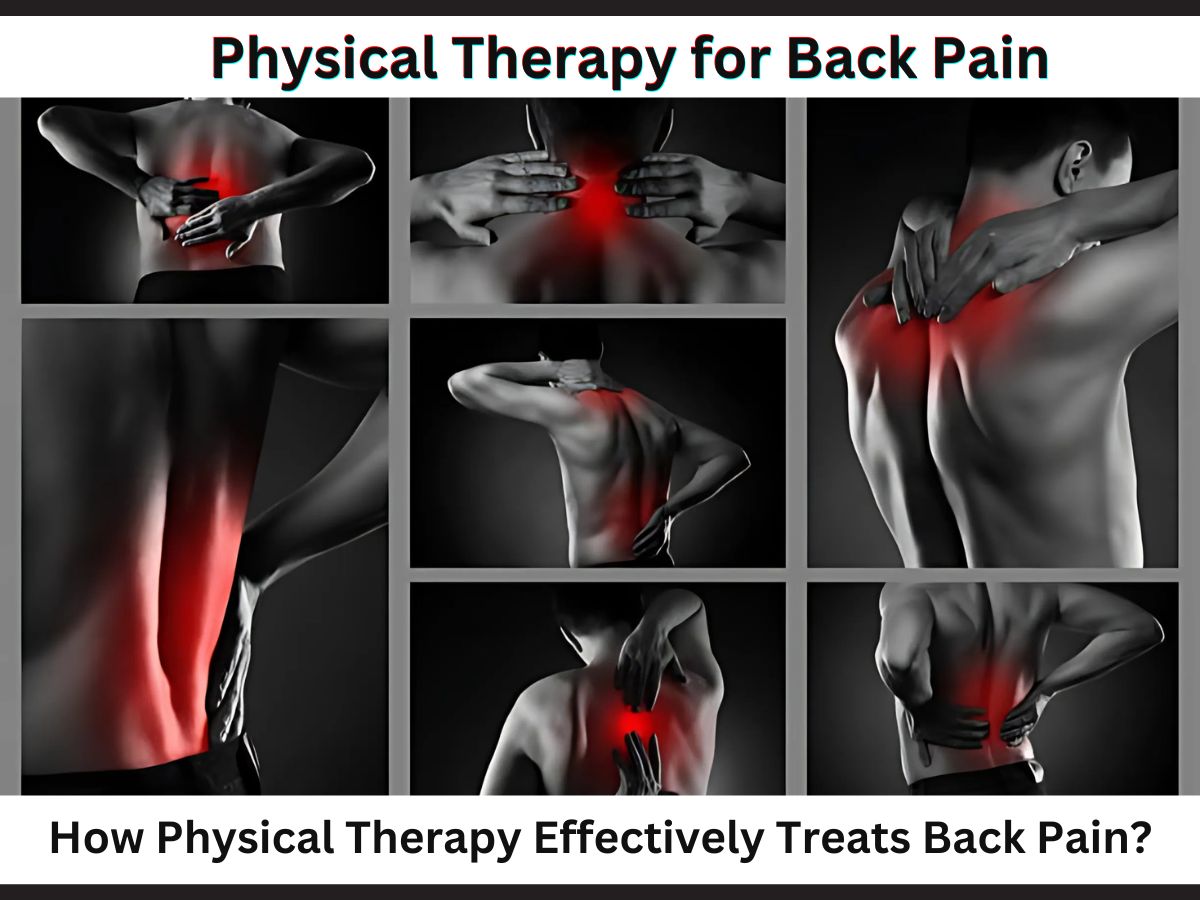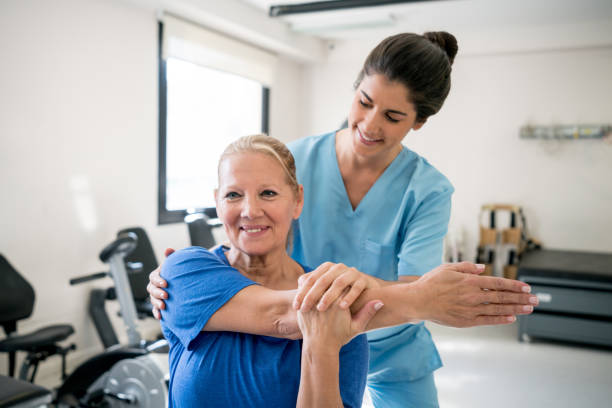- 4 MIN TO READ
Making your home safer
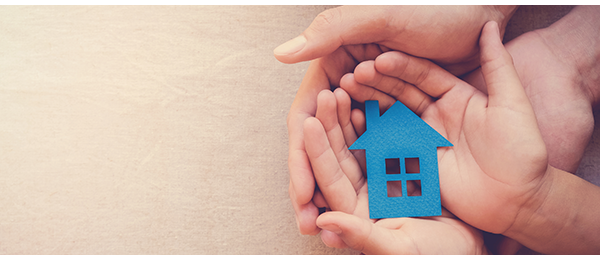
Falls are a leading cause of injury among older adults, and they can be devastating. However, there are many steps you can take to make your home safer and reduce the risk of falling. In this blog post, we’ll go over some easy ways to make your home safer from falling.
1. Remove tripping hazards
Remove tripping hazards such as loose rugs, cords, and clutter from your home. Make sure that your walkways are clear and that there are no obstacles that could cause you to trip. Keep your floors clean and dry, as spills and wet floors can also be a tripping hazard.
2. Install grab bars
Install grab bars in your bathroom and other areas where you may need extra support. Grab bars provide a safe and secure way to hold onto something when you’re getting in and out of the shower or bathtub. They can also be installed in other areas of your home, such as near the stairs, to provide extra support.
3. Improve lighting
Make sure that your home is well-lit, especially in areas where you walk frequently. Use bright light bulbs and consider installing motion-sensor lights to help prevent falls. Make sure that light switches are easy to reach and that there are no dark areas in your home where you could trip.
4. Improve the safety of your stairs
Make sure that your stairs are in good condition and that the handrails are secure. Consider installing non-slip treads on your stairs to help prevent slips and falls. If you have a staircase that you use frequently, make sure that there’s a light switch at the top and bottom of the stairs so you can turn on the lights when you’re going up or down.
5. Make sure your home is comfortable
Make sure that your home is comfortable to live in. This includes keeping your home at a comfortable temperature, having comfortable furniture to sit on, and making sure that you have plenty of space to move around in.
6. Consider a medical alert system
Consider installing a medical alert system in your home. These systems allow you to call for help in case of an emergency, such as a fall. Many systems also come with a wearable device that you can wear around your neck or wrist, so you can call for help even if you can’t reach the phone.
7. Get regular home safety assessments
It’s a good idea to have a regular home safety assessment done by a professional. They can identify any potential hazards in your home and provide recommendations on how to make your home safer. They may also be able to recommend equipment or modifications that can help you move around your home more safely.
In conclusion, falls are a leading cause of injury among older adults, and they can be devastating. However, there are many steps you can take to make your home safer and reduce the risk of falling. By following the tips outlined above, you can create a safer environment for yourself and your loved ones. Remember to always consult with a healthcare professional before starting any home modification and if you have any doubts in your ability to do so.
READ MORE ARTICLES
Back pain is one of the most common health issues faced by adults today. Whether it’s a nagging ache or a sharp,
Shoulder pain can be a significant nuisance, interfering with daily activities like lifting, reaching, or even sleeping and turning over without waking
